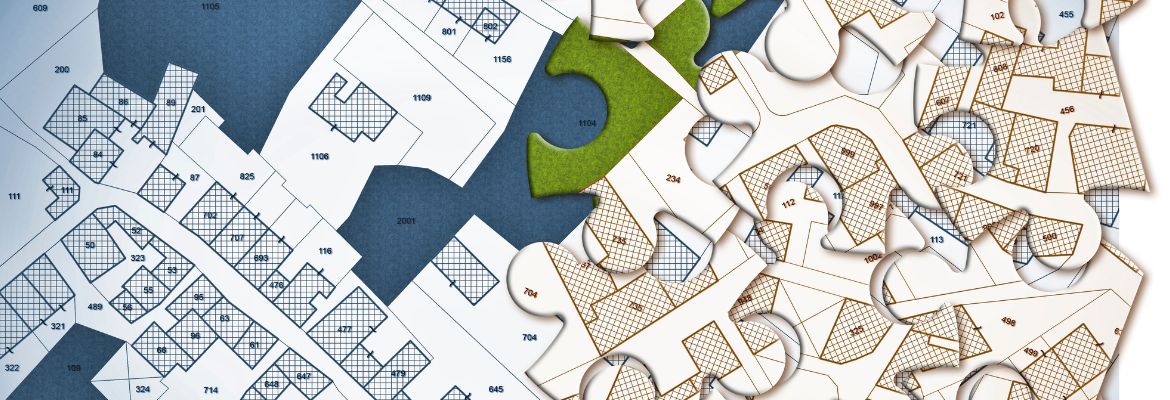
First published on Law360 Canada, LexisNexis Canada.
In Ontario, three principles represent the philosophy of its Land Titles system. Firstly, the “mirror” principle holds that the parcel register is a perfect mirror of the state of title. Secondly, the “curtain” principle holds that any person dealing with title to property need not look behind the parcel register or consider any past dealings with the property. And lastly, the “insurance” principle guarantees the accuracy of the register and provides compensation to those who suffer a loss due to an inaccuracy in the register.
The application of the first two of these principles was considered in Lake v. Cambridge (City) 2023 ONSC 5200, a decision of Justice David Broad released on Sept. 21, 2023.
In Lake, the purchasers, Joshua Micheal Lake and Breanne Nicole Tessaro, purchased a residential property described as Lot 15, Plan 237, in the City of Cambridge. Plan 237 had been registered in 1913 and was clearly a plan of subdivision. However, the plan had been “deregistered” in 1950 by a municipal bylaw, which was registered on title to Lot 15 (among other properties) while the land was still in Registry. The effect of the bylaw was that no person dealing with land thereafter could rely on the “entire lot on a registered plan” exception under what is now s. 50 of the Planning Act when dealing title to Lot 15 on the plan. The evidence confirmed that neither Lake nor Tessaro had any actual knowledge of the bylaw.
Unhappily for Lake and Tessaro, a predecessor of the vendor of their home on Lot 15 had in fact owned the abutting Lot 16 and part of Lot 14 after such lots had been converted to Land Titles. The bylaw was not brought forward from the Registry records when Lot 15 was converted to land titles. The City refused to recognize the transfer to Lake and Tessaro on the basis that the transfer was void as a result of a purported breach of the subdivision prohibitions set out in s. 50 of the Planning Act. The City took the position that its 1950 registry registration of the bylaw was sufficient to satisfy its statutory duty, notwithstanding that the bylaw did not appear on Lake and Tessaro’s land titles parcel. The City also took the position that there was an obligation to search title back to the registry system, which search the City insisted would have disclosed the existence of the 1950 bylaw. Lake and Tessaro sued for a declaration that the transfer to them was valid.
The court held as follows:
- Lake and Tessaro were entitled to rely on the land titles parcel register and were not required to go behind the parcel register to investigate if such a bylaw deregistering Plan 237 had been registered in the registry system. The City’s position that such a search was required because title was held as LTCQ and not absolute was rejected by the court. The Registry Act ceased to apply to the property upon its conversion to land titles.
- Bylaws that deregister plans of subdivision directly affect title to land and are therefore “encumbrances” within the meaning of s. 44 (1) of the Land Titles Act. Therefore, such bylaws must appear on the parcel register in order to be effective against bona fide purchasers without notice, such as Lake and Tessaro.
- Even had the conversion to land titles not occurred, the bylaw would have had no effect on title to Lot 15 by reason of the failure of the City to register a “claim” in the registry system by 1990 (being 40 years after the date of the 1950 registration of the bylaw) pursuant to s. 113(2) of the Registry Act. Specifically, it was not sufficient for the City to have made a “one time” registration of the bylaw in 1950 in the registry system in order for the bylaw to affect the rights of any person dealing with title to Lot 15 for valuable consideration without notice of the bylaw post-conversion to land titles.
The result of the decision is that the transfer of Lot 15 to Lake and Tessaro did not violate the subdivision prohibitions of the Planning Act notwithstanding the 1950 bylaw deregistering the plan and so the transfer was therefore not void. The failure of the bylaw to appear on the land titles parcel for Lot 15 resulted in it not being effective against Lake and Tessaro.
